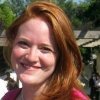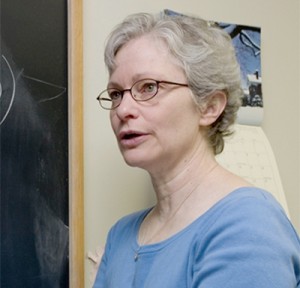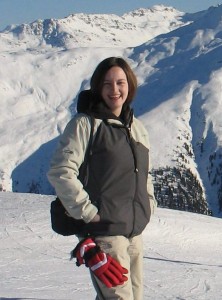
Title: Twitter’s Influence on TV Ratings, And Other TV Mathematics
Abstract: Nielsen’s TV Ratings are used as the currency with which key business decisions are made across the media industry. What TV programs remain on the air, which advertisements you see during commercial breaks, and when you are able to watch your favorite shows on Hulu are all questions answered by analyzing ratings and other Nielsen data. Recent technology has rapidly changed how and when people watch TV, thus quickly increasing the demand for enhanced data to give TV Networks and Advertisers a thorough understanding of the current TV landscape. Using various forms of TV Mathematics, exciting new conclusions, like whether Twitter influences TV Ratings, can be made.
Bio: Allison Gibson, an Associate Media Analytic Consultant at Nielsen, graduated from Bucknell in May 2013 with a double major in Mathematics and Italian Studies and a minor in Film Studies. While at Bucknell, she was a Tour Guide and Tour Guide Student Coordinator, Co-Founder and Musical Director of The Offbeats A Cappella group, and Vice President of Food (Public Relations) for the Mathematical Association of America. Allison has been working at Nielsen, a Fortune 500 Company known for the Nielsen TV Ratings system, since graduating about a year and a half ago. She started her career as a Research Analyst providing a wide variety of media-related data to many of Nielsen’s TV, Advertiser, and Agency clients. As of August of this year, she is an Associate Media Analytic Consultant working primarily with clients like FOX Networks, AMC Networks, Tech companies (i.e. Amazon, EBay) and the Telecom sector (i.e. Verizon, AT&T).




